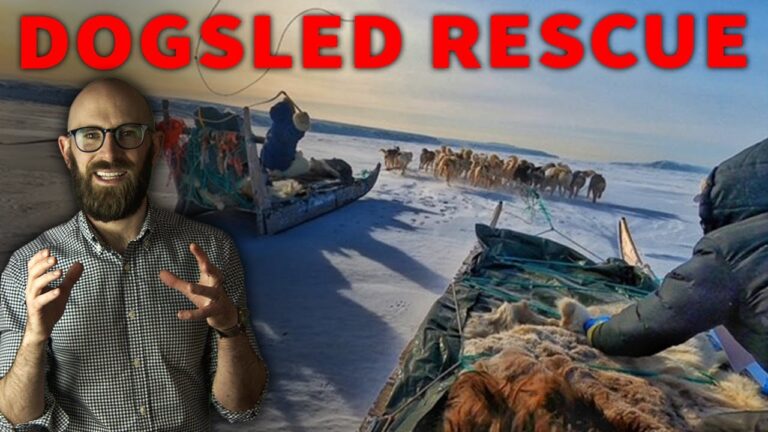“Unraveling the Mysteries: How Fire, Ice, and Plutonium Could Redefine Our Understanding of the Universe”
But among that unrecovered 7% was a very important – and sensitive – piece of material. Within weeks of Operation Crested Ice getting underway, it became clear that the bomb debris recovered from the crash site accounted for only 3 of the 4 weapons aboard HOBO 28. The fourth, it appeared, had melted through the ice and lay somewhere at the bottom of North Star Bay. In August, the Air Force sent a recovery ship carrying a General Dynamics Star III submersible to search for the missing bomb. Due to top-secret nature of the weapon’s design, the purpose of the search mission was not disclosed to the Danish government, with an internal USAF memo from July 1966 stating that:
“Fact that this operation includes search for object or missing weapon part is to be treated as confidential NOFORN [no disclosure to foreign governments]…For discussion with Danes, this operation should be referred to as a survey repeat survey of bottom under impact point.”
Unfortunately, the search was plagued by technical difficulties and eventually abandoned, with William Chambers, a former nuclear weapons designer at Los Alamos later explaining that:
“There was disappointment in what you might call a failure to return all of the components … it would be very difficult for anyone else to recover classified pieces if we couldn’t find them.”
Officially, the United States Air Force maintained that all four bombs had been completely destroyed, and that no major components had sunk intact to the seafloor.
Project Crested Ice officially ended on September 13 when the last container of contaminated water from the crash site was loaded on a ship bound for the United States. All told, the operation is estimated to have cost $9.4 million – around $82 million in today’s money. Among the stranger items on the bill were the number of polar bear skins to replace traditional Inuit pants contaminated in the cleanup.
While many of the major effects of the Thule Incident took decades to emerge, others were more immediate. The day after the crash, Secretary of Defense McNamara ordered all nuclear weapons removed from airborne alert flights, effectively bringing Operation Chrome Dome to an end. And while unarmed alert missions continued to be flown for several years, in a bid to placate the Danish government SAC B-52 crews were instructed to avoid Greenland airspace.
The Thule Crash revealed to military planners a disturbing possibility which had not previously been considered: if HOBO 28 had crashed into the BMEWS radar antennas instead of the sea ice, the sudden loss of communications from both the aircraft and Thule Air Base would have been indistinguishable from the effects of a Soviet first strike, potentially triggering a nuclear exchange. To help avoid this possibility, on September 30, 1971 the United States and Soviet Union signed the Agreement on Measures to Reduce the Risk of Nuclear War, in which each side agreed to inform the other of any similar incidents involving nuclear weapons. In support of this agreement, much-needed upgrades were made to the Moscow-Washington Hotline – and for more on this legendary and often misunderstood system, please check out our previous video Did the US President Ever Actually Have a ‘Big Red Phone’ Connected Directly to Moscow?A satellite communications link was also installed at Thule in 1974 to supplement its unreliable submarine cable link to the mainland. Finally, the Thule Crash revealed that the explosives used in nuclear weapons were not chemically stable enough to survive a plane crash, prompting a massive redesign of the United States nuclear arsenal.
While at the time the Thule Crash triggered significant public outrage in Denmark, the U.S. response was sufficiently swift and thorough that friendly relations between the two nations were preserved and the incident soon faded from memory. But rumours of a cover-up continued to circulate, and nearly two decades later in 1987 the Danish press revealed for the first time that not all the bombs aboard HOBO 28 had been fully accounted for, and that parts of one might still lie at the bottom of North Star Bay. In response, Danish officials and scientific experts, including University of Copenhagen physicist Otto Kofoed-Hensen, repeated the official narrative that all four bombs had been completely obliterated in the crash. At the same time, however, the Danish parliament commissioned the Danish Institute of International Affairs or DUPI to conduct a more detailed investigation. The Institute’s report, released in 1995, was a political bombshell, revealing not only that HOBO-28’s incursion into Greenland airspace had been routine and not an anomalous diversion, but that the Danish government had been fully aware of the Thule Monitor and other Chrome Dome missions. The report blamed then-Danish Prime Minister Hans Christian Hansen, who in a 1957 meeting with U.S. Ambassador Val Peterson over the construction of the BMEWS radar, failed to explicitly mention Denmark’s nuclear-free policy, effectively giving the United States tacit permission to deploy nuclear weapons on Greenland.












